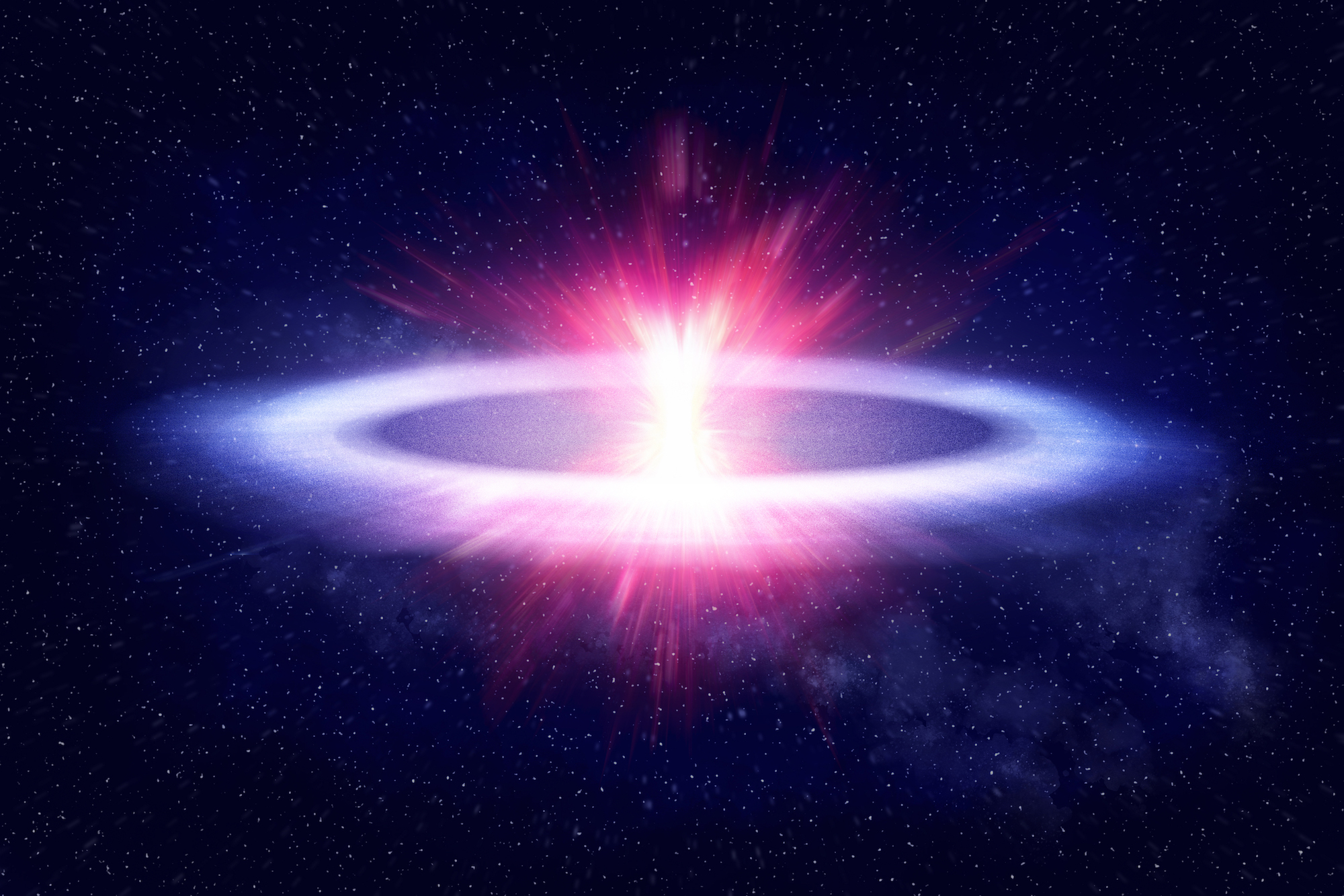The flattest explosion
An explosion the size of our solar system has stunned scientists because its shape – similar to an extremely flat disk – challenges everything we know about explosions in space. The observed explosion was a bright Fast Blue Optical Transient (FBOT) – an extremely rare type of explosion, much rarer than, say, supernovae. The first bright FBOT was discovered in 2018 and was nicknamed “the cow.”
Explosions of stars in the universe are almost always spherical, because the stars themselves are spherical. However, this explosion, which occurred 180 million light-years away, is the flattest ever discovered in space, with a disk-like shape formed a few days after its discovery. This part of the explosion may have come from material ejected by the star just before it exploded. It is still unclear how bright FBOT explosions form, but it is hoped that this observation will bring us closer to that understanding.
Dr. Justyn Maund, lead author of the study from the Department of Physics and Astronomy at the University of Sheffield, says, “Very little is known about FBOT explosions – they just don’t behave the way exploding stars should, they are too bright and evolve too quickly. Simply put, they’re weird, and this new observation makes them even weirder. There are a few possible explanations: the stars in question could have created a disk just before they died, or they could be failed supernovae in which the core of the star collapses into a black hole or neutron star, which then engulfs the rest of the star.”
The scientists made the discovery after accidentally spotting a flash of polarized light. Using the Liverpool Telescope, located on La Palma, they were able to measure the polarization of the explosion – using the astronomical equivalent of polarizing sunglasses. Measuring the polarization allowed them to measure the shape of the explosion, allowing them to see something the size of our solar system, but located in a galaxy 180 million light-years away. Using the data, they were then able to reconstruct the 3D shape of the explosion and map its edges. The Liverpool Telescope’s mirror is only 2 meters in diameter, but by studying the polarization, the astronomers were able to reconstruct the shape of the explosion as if the telescope were about 750 kilometers in diameter.
The researchers will now conduct a new survey with the Vera Rubin International Observatory in Chile, which should help discover more FBOTs and better understand them.
